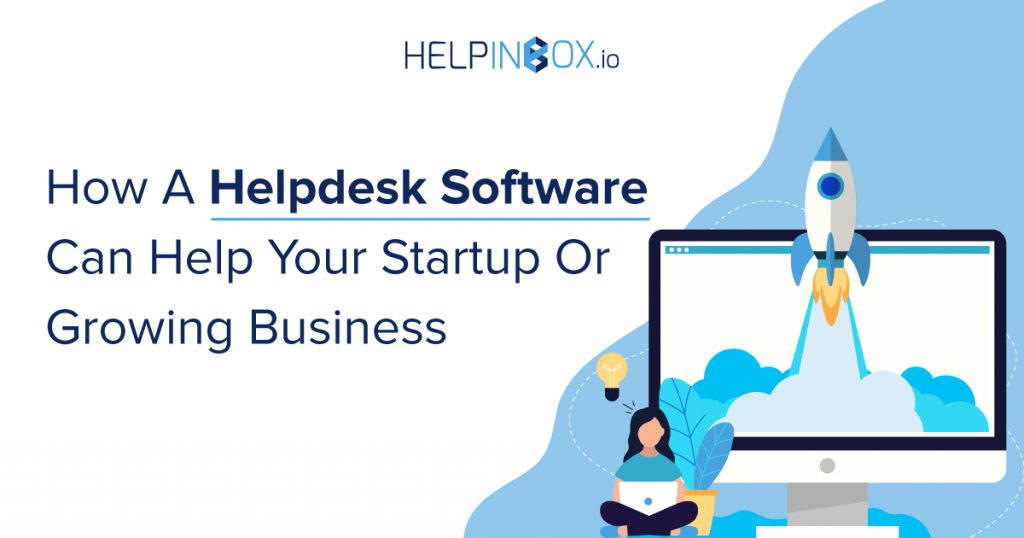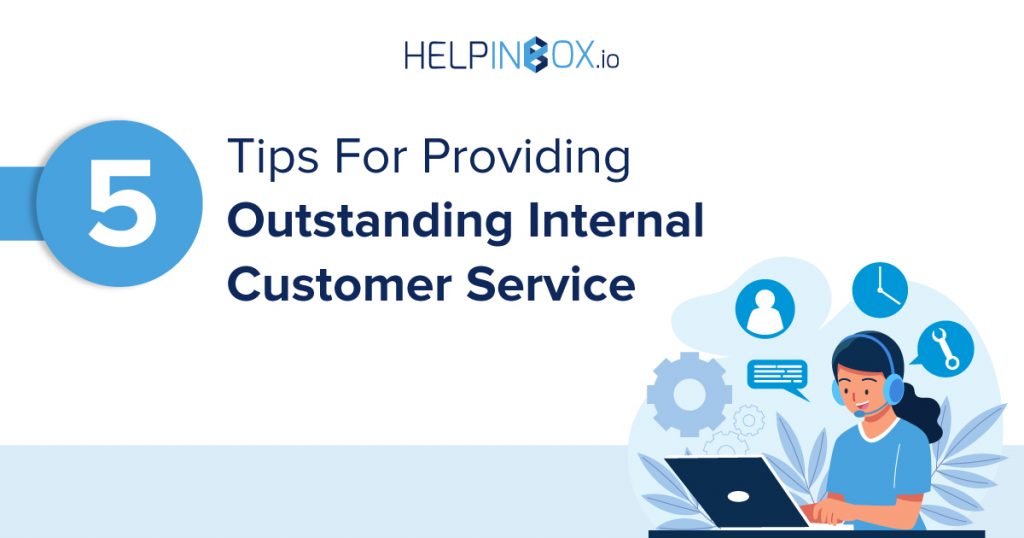In today’s digital landscape, technology plays a vital role across all industries. It streamlines workflows, enhances communication, and empowers individuals and organizations alike. However, with this reliance on technology comes the inevitable need for support. This is where the often-underrated help desk shines.
The Help Desk: A Lifeline in the Digital Ocean
A help desk acts as the first line of defense for any tech-related difficulties users might encounter. Think of it as a central hub where users can seek assistance with software issues, hardware malfunctions, or simply navigate the intricacies of various programs. As technology becomes ever more integrated into our daily lives, both at work and at home, the role of the help desk has become increasingly critical.
The Prevalence of Myths and Misconceptions
Despite their undeniable importance, help desks are sometimes shrouded in a veil of misconceptions. These myths can hinder their effectiveness and negatively impact the overall user experience. Let’s delve into five common myths and shed light on the reality of a well-functioning help desk.
Myth #1: Help Desks Are Just for Fixing Broken Tech
Reality: While troubleshooting technical glitches remains a core function, the capabilities of a help desk extend far beyond that. Their responsibilities encompass a wider range of tasks, including:
Password resets: Let’s face it, forgetting passwords is a universal experience. Help desks streamline the process of regaining access to accounts and minimize disruptions.
Software installation assistance: New software can be daunting, especially for users unfamiliar with the program. Help desks provide guidance and ensure users get up and running quickly.
Answering general IT questions: From printer issues to internet connectivity problems, users often have questions regarding day-to-day technology hiccups. Help desks serve as a readily available resource for these queries.
Managing service requests: Need a new computer monitor or additional software licenses? Help desks handle requests for new equipment and software, ensuring a smooth and efficient process.
Myth #2: Users Can Always Solve Their Own Problems with a Little Googling
Reality: While some users possess a natural aptitude for technology, many lack the necessary expertise or time to diagnose and troubleshoot complex issues. Furthermore, searching online can lead to outdated information or irrelevant solutions. Help desks offer a reliable source of assistance, saving users valuable time and the frustration of navigating through potentially unhelpful online resources.
Myth #3: IT Support is a Cost Center, Not a Value Contributor
Reality: This couldn’t be further from the truth. An efficient help desk plays a pivotal role in minimizing downtime and boosting user productivity. Imagine the cost implications of a sales team unable to access CRM software due to a technical glitch. Downtime translates to lost revenue – something an effective help desk can help prevent. Additionally, a well-functioning help desk can identify recurring issues and propose preventive measures, saving organizations money in the long run.
Myth #4: One-Size-Fits-All Approach Works for Help Desks
Reality: The ideal configuration for a help desk depends largely on several key factors:
Company size: The needs of a small startup differ vastly from those of a large enterprise. Help desk solutions should be tailored to the specific size and structure of the organization.
Industry: Specific industries may require specialized knowledge and support resources. For instance, a financial services company might have unique data security protocols that necessitate a help desk staff trained in those areas.
User base: The technical proficiency of the user base should be considered. Novice users may require more in-depth explanations and support compared to more tech-savvy individuals.
By tailoring the help desk to these specific requirements, organizations can maximize its effectiveness and user satisfaction.
Myth #5: Outsourcing Help Desk Functions is Detrimental
Reality: Outsourcing can be a powerful and cost-effective solution for many organizations. Partnering with a reputable IT services provider offers several advantages:
Wider Talent Pool: Outsourcing firms often have access to a larger pool of skilled technicians, ensuring specialized expertise tailored to specific needs.
Flexibility: Scaling up or down technician numbers can be easily done through an outsourced service, offering greater flexibility to adapt to fluctuating user demands.
Cost-Effectiveness: Outsourcing can be a more economical option compared to maintaining an in-house help desk, especially for smaller businesses.
However, it’s crucial to choose an outsourcing partner with a proven track record of providing high-quality service and ensuring consistent communication channels between the outsourced team and the organization itself.
Cultivating a Strong Help Desk for a Better User Experience
By dispelling these myths and recognizing the true value of a well-functioning help desk, organizations can significantly enhance user experience and overall organizational efficiency. A strong help desk cultivates a sense of trust and reliability among users, fostering a positive and productive work environment.
Investing in a well-equipped and well-staffed help desk is not simply an expense; it’s an investment in the future of your organization. By ensuring users receive timely and effective support, you empower them to be more productive and contribute to the overall success of the company.
So, the next time you hear a misconception about help desks, remember the critical role they play in today’s tech-driven world. By debunking these myths and fostering a strong help desk culture, organizations can unlock the true potential of technology and empower their users to thrive.
 469
469









